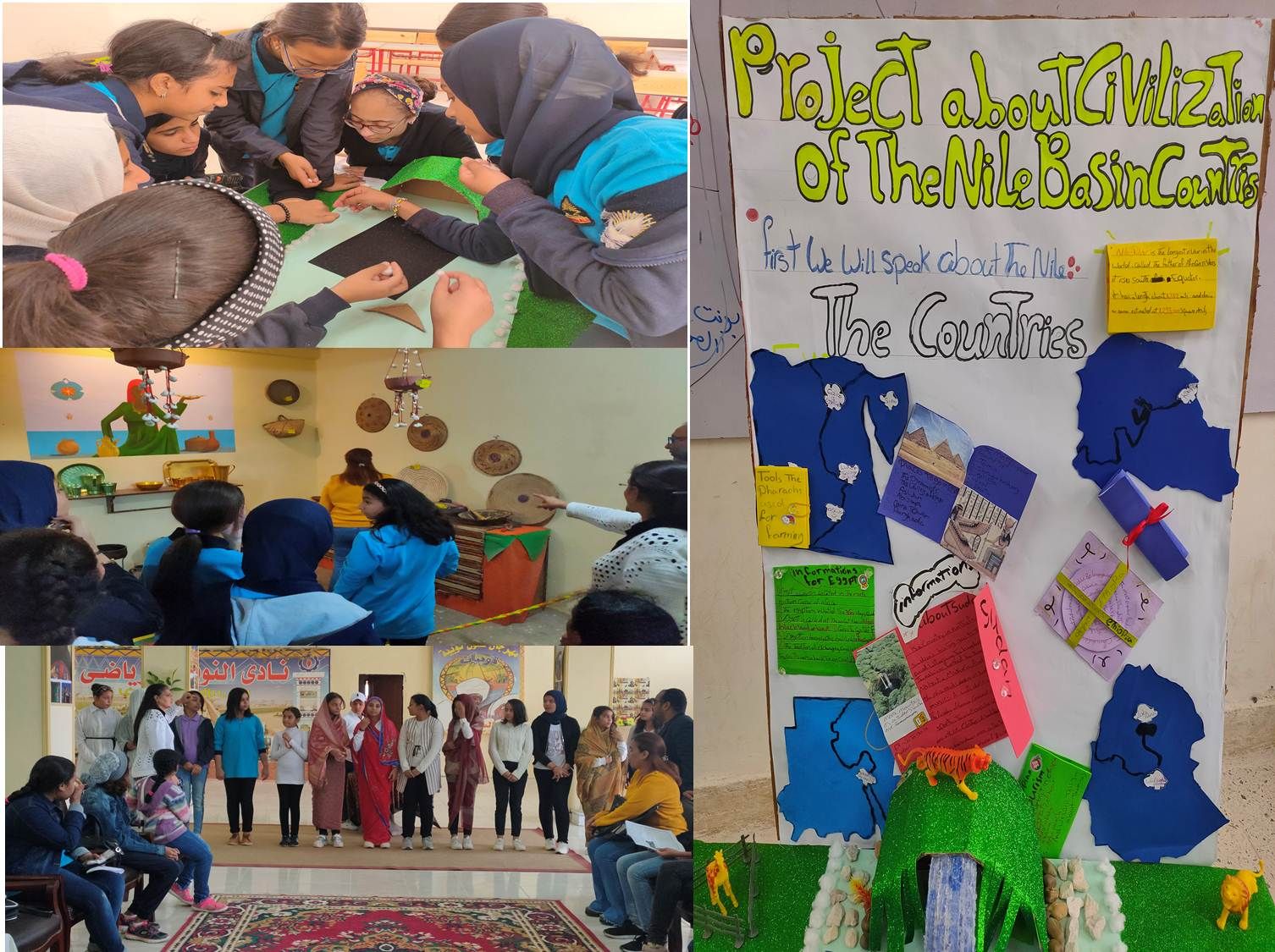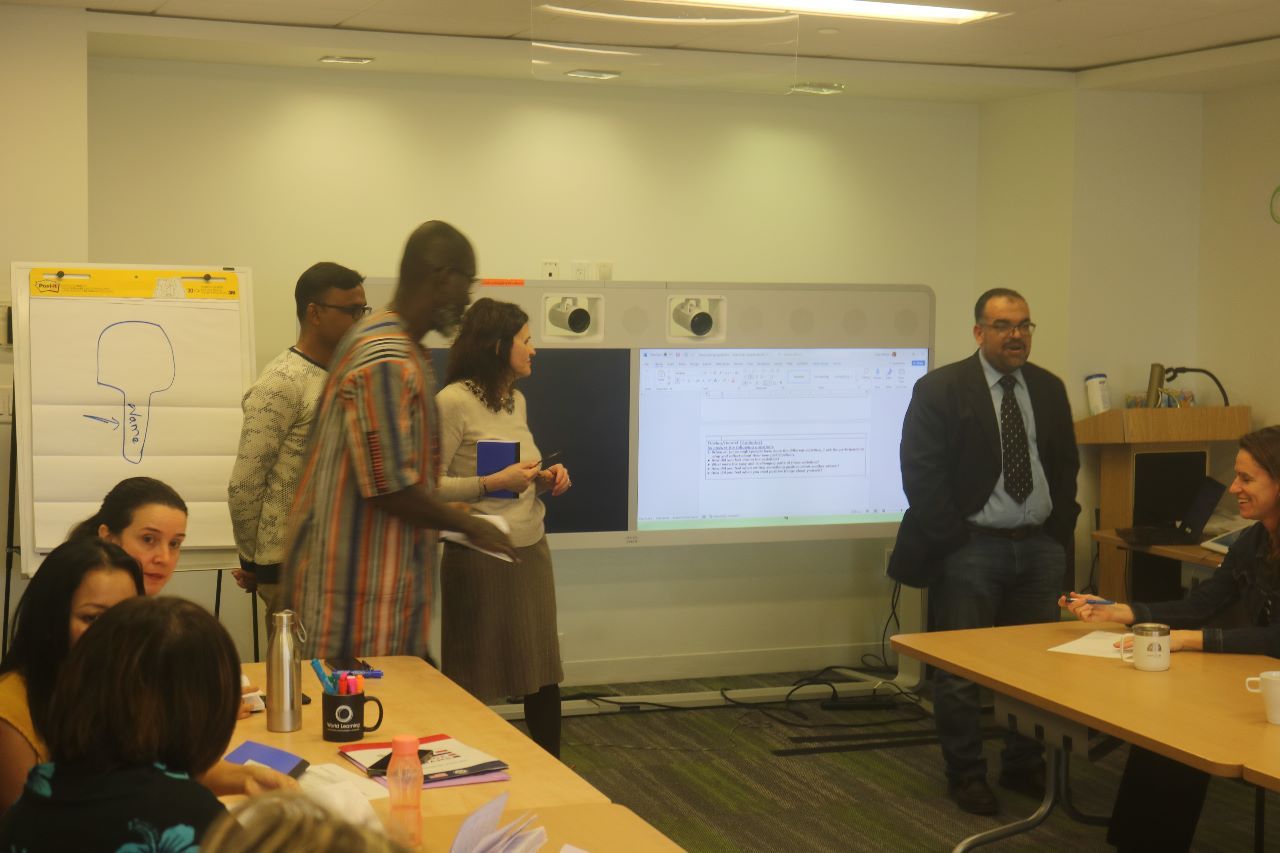Introduction
Mastering the English language can be challenging for high school students. To address this, the teacher can introduce ChatGPT, an AI-powered language assistant, into the classroom. This approach enhances English language learning by engaging students in creating educational videos, making the process interactive and enjoyable.
ChatGPT helps students develop scripts and characters for their videos, fostering creativity while enhancing their language skills. This collaborative effort creates an engaging environment that encourages indirect learning of English.
Students find ChatGPT particularly useful for grasping complex grammar concepts. The teacher utilizes its capabilities to support students in improving their overall English proficiency, acting as a helpful resource throughout their learning journey.
Key Learning Areas
Vocabulary Building
ChatGPT provides customized lists of new words, complete with definitions and examples, helping students expand their vocabulary.
Writing Assistance
The AI offers feedback and suggestions on essays and assignments, encouraging students to improve their writing skills.
Conversational Practice
Engaging in dialogues with ChatGPT allows students to practice speaking and listening in a supportive setting, building their fluency.
Improved Language Skills
Through this innovative approach, students experience significant improvements in their English abilities. They gain confidence in grammar, clarity in expression, and enhanced communication skills.
Conclusion
Integrating AI-assisted language learning showcases the positive impact of tools like ChatGPT. By incorporating technology into education, we can create more engaging and effective experiences that empower students to master English and thrive in a digital world.%20(1).png)
Best posts made by Adel 8d693e36c4
-
Master Your English with ChatGPT: A Transformative Journeyposted in Digital teaching tools
-
Our River , Our life ( a project based learning initiative )posted in Teaching in the 21st Century Teacher competition 2.0
- Our River, Our Life: A Collaborative Project Celebrating the Nile
- In our vibrant learning community, we embarked on an exciting project that allowed our students to delve into the rich cultural tapestry surrounding the Nile River. Guided by our dedicated team of educators, including a Social Studies teacher, a Music teacher, an Art teacher, and a teacher of English, our students embarked on a journey of discovery and collaboration.
- The project began with students working in groups to research and present detailed information about the Nile River and the countries it flows through. Under the guidance of their teachers, they explored the customs, traditions, and languages of these nations, creating a comprehensive understanding of the cultural diversity along the Nile.
- To bring this project to life, the students engaged in a variety of engaging activities. Some took on the role of researchers, meticulously sorting and categorizing the information they gathered. Others showcased their talents in presentation, acting, model-making, and even singing and playing music. The teachers worked together to facilitate these activities, ensuring that each student could contribute according to their interests and abilities.
- One of the highlights of the project was the students' visit to the Nubian Club, where they had the opportunity to immerse themselves in the customs and traditions of the people living along the Nile. This hands-on experience allowed them to deepen their understanding and appreciation for the rich cultural heritage of the river.
- The impact of this project has been profound. Our students have developed valuable skills in teamwork, independence, responsibility, and discipline. They have also had the chance to learn from one another, exchanging information and experiences in a nurturing and collaborative environment.

- As we reflect on the success of this project, we are filled with pride and excitement for the continued growth and development of our students. The "Our River, Our Life" initiative has not only enriched their knowledge but has also nurtured their social-emotional well-being, preparing them to be a compassionate and engaged global citizen.
-
Analyzing Text Readability for Language Learnersposted in Inclusive teaching
Importance of Text Selection:
Choosing appropriate reading materials is crucial for language learners to match their comprehension levels.
Factors Affecting Text Difficulty:
Content
Word choice
Grammar structure
Readability Tools: Two effective tools for analyzing text difficulty are:
WebFX Readability Test Tool
Readability Analyzer
Process Overview:
Preparation: Review materials on selecting reading texts.
Using Readability Tools:
Paste a text into the Readability Analyzer and analyze scores.
Input the same text into the WebFX tool for readability metrics.
Comparison: Examine scores from both tools, focusing on metrics like the Flesch-Kincaid Grade Level.
Outcome: Understanding text readability helps educators select materials that appropriately challenge learners, enhancing their language acquisition experience. -
RE: Use of digital tools and their impact on cognitive capabilities of studentposted in Teaching in the 21st Century Teacher competition 2.0
@Uzaif-Talpur Thanks for sharing. How do you think this tool can help in fields of learning a language?
-
RE: AI & Ethicsposted in Teaching in the 21st Century Teacher competition 2.0
@Noor-ul-Sabah Thanks for that wonderful point to mention about AI and ethics. Really we can' t ignore the dominance of AI and ChatGPT in our life and in education in specific but urgent matters appear like plagiarism and ethical responsibility.Also some questions arise such as : Will AI eliminate manpower and creativity? What do you think about that,dear educator?
-
RE: Let's talk about climate change affect in the educational system?posted in Teaching green
That's right. I remember when I went deeply into this topic and started from scratch giving presentations and making videos during COP 27 in Sharm El Sheik, Egypt. It's a really crucial topic.
-
RE: Role Of a Teacher as a Facilitatorposted in Inclusive teaching
Thanks for sharing. I think the teacher plays many roles according to students' level and participation.
-
RE: From Struggles to Smiles: How My Students Turned My Challenges into Joyposted in Teaching in the 21st Century Teacher competition 2.0
@FarhanMehboob Thanks for sharing. This makes me think more of engaging students with more SEL Social Emotional Learning activities. Really I get much benefits from it.
-
RE: How Does a Teacher’s Mood Influence Student Behavior and Classroom Dynamics?posted in Classroom management
I think the teacher should be aware of the different techniques or methods that lessen anxiety and stress inside the classroom. Among these techniques,SEL.is a better way for both teachers and learners. SEL techniques are activities done inside the classroom and they can be weaven into the fabric of the curriculum to create more supportive and inclusive classroom.
-
RE: How to educate Autism child? Behavior strategies for students with autism.posted in Teaching in the 21st Century Teacher competition 2.0
Thanks for sharing. You switched my attention to a very important topic.
-
RE: What Are Effective Teaching Methods and Approaches for Improving Educational Quality in Urban Areas with Lower Performance?posted in Classroom management
@Engr-Zeeshan Thanks a bunch for these practical and applicable ideas to learn with low cost resources. I benefited much from these thoughts.I'm convinced that the teachers can find solutions to every single problem inside their classes if they like their job
-
RE: Aging vs technology:posted in Teaching in the 21st Century Teacher competition 2.0
I think age is not a big problem for teachers.The most important thing is how energetic and resourceful the teacher is.
-
Teachers stop teachingposted in Classroom management
When do you think teachers will stop teaching?
-
RE: Content and Language Integrated Learningposted in Teaching in the 21st Century Teacher competition 2.0
CLIL has become the most widely famous terminology concerning methodology and content centred strategies. But the teacher is still the only conductor who can make harmony and effect in the classroom.
-
RE: How Can We Instill a Sense of Responsibility and Motivation Among Students from Diverse Backgrounds?posted in Classroom management
@Tabassumlaghari Thanks for sharing. Creating a safe learning environment and consolidating the student- teacher relationship can help in having responsibilities among students.
-
If Teachers were to be mistaken?posted in Teaching in the 21st Century Teacher competition 2.0
To err is human,to forgive is divine. Famous saying known by all,but what about if teachers were to be mistaken inside their classrooms ?! What would they be doing? What were the reactions of their students? How could they correct themselves in front of their students?
If you have similar experience,please tell us about it. -
Back to schoolposted in Classroom management
What activity do you use in your class when starting the new academic year?
-
RE: Content and Language Integrated Learningposted in Teaching in the 21st Century Teacher competition 2.0
@Hasmik-Ch Thanks for sharing.I did the same with my students when I organised a visit to a club.In the the Nubian club, students did different activities related to the Nile. They drew, played music and gave presentations on the topic of the River Nile.For sure,PBL.is amazing if is organised.
-
RE: Grants and Support for Teachersposted in Our forum community
Participating in the two-week cultural exchange in Washington, DC, was a transformative experience. The program focused on Social and Emotional Learning (SEL) in English language education.
I gained valuable insights into various SEL approaches that support student development. The workshops I attended combined theory with practical applications, enhancing my teaching methods. Interacting with educators from different countries deepened my understanding of diverse cultural perspectives, fostering respect and dialogue.
The site visits provided a real-world context for implementing SEL, while the networking opportunities allowed me to connect with colleagues globally. This exchange improved my professionalism and encouraged personal growth, helping me discover my potential as an educator.
Overall, the program enriched my understanding of teaching and the importance of emotional and social learning in education. I look forward to applying these insights in my future work.


-
RE: Content and Language Integrated Learningposted in Teaching in the 21st Century Teacher competition 2.0
Some regards CLIL programs aim to increase students’ subject-area knowledge while at the same time improving their knowledge of and skills in the target language. In addition, students should improve their ability to learn and come to understand and appreciate a new culture. Finally, students should not lose ground in their native language. They’re adding a new language, not replacing the one they already know.